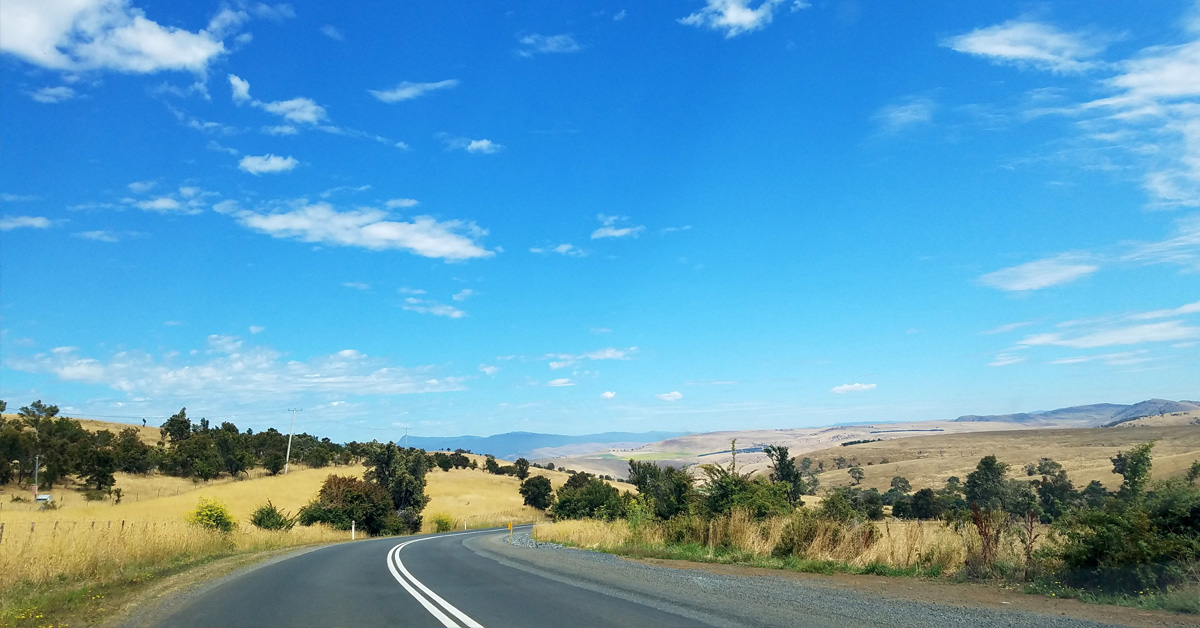COVID is still ripping through the populace, growing increasingly transmissible, each infection degrading the immune system, making each successive infection more likely to leave us disabled and leaving us more vulnerable to other diseases. A full 20% of infections, regardless of severity, have consequences that never fully go away. And vaccines aren’t a magic bullet.
We’re not post-pandemic, nor will we be any time soon. Indeed, we’ll see more infectious diseases as the climate crisis advances.
Yet, everywhere I go the vast majority of people act like it’s 2019. No surprise, normalcy bias is seductive and about 70% of the population fall prey to it. It doesn’t help that elected officials around the globe fail to demonstrate leadership, cave to vocal minorities, and that public health agencies have been politicized.
Maybe you’ve already had COVID and it felt like “just a bad cold.” If you’re lucky, you don’t feel any lingering consequences. Maybe you weren’t so lucky. A recent study grouped long term consequences into four subtypes:
- Conditions impacting the cardiac and renal (kidney) systems
- Conditions that impact the respiratory system, sleep, and anxiety problems
- Conditions of the musculoskeletal and nervous systems
- Conditions that impact the digestive and respiratory systems
Against this backdrop, I ask: how much do you value your health? Your child’s? Your parent’s? Your friend’s? Are you ready to join the ranks of the disabled? Could you or your family afford for you to fall out of the workforce? Do you feel lucky?
Many are familiar with compound interest. It’s time to think about compound risk.
Our brains were not built for this kind of risk assessment, but we can ill afford to follow our intuition or that of those around us.
All of this is why the WHO has updated their guidance to encourage masking in all crowded, enclosed, or poorly ventilated spaces regardless of local epidemiological conditions.
This is also why I started the Public Health Pledge calling on event organizers to raise the bar to avoid contributing to mass death and disablement of people in their communities. Any event organizer that thinks it wise to mitigate harassment and abuse among attendees, such as with a Code of Conduct, should be able to see that a robust Health and Safety policy is a natural extension of that work: the throughline is that they make events more safe and inclusive.
What can we do as individuals when the deck is stacked against us?
For starters, get familiar with the Swiss cheese model of pandemic defense, recognizing that no single measure is good enough to rely on.
Here are steps we can take that are within our own sphere of control:
- Wear well-fitted N95 masks indoors and in crowds
- Get vaccinated and stay up to date with boosters
- Invest in ventilation and active air purification
- Minimize time in public indoor spaces where people are unmasked
- Test before and after exposure to people who aren’t within your bubble
- Resist peer pressure and misinformation leading to unnecessary risks
And, recognizing that we can only go so far with individual measures, be vocal in demanding your elected representatives and community leaders do better.
Better to adapt now than cling to a “normal” that will never return.

Leave a Reply